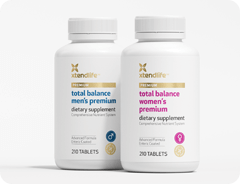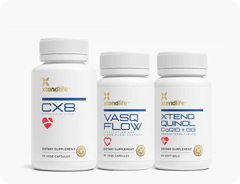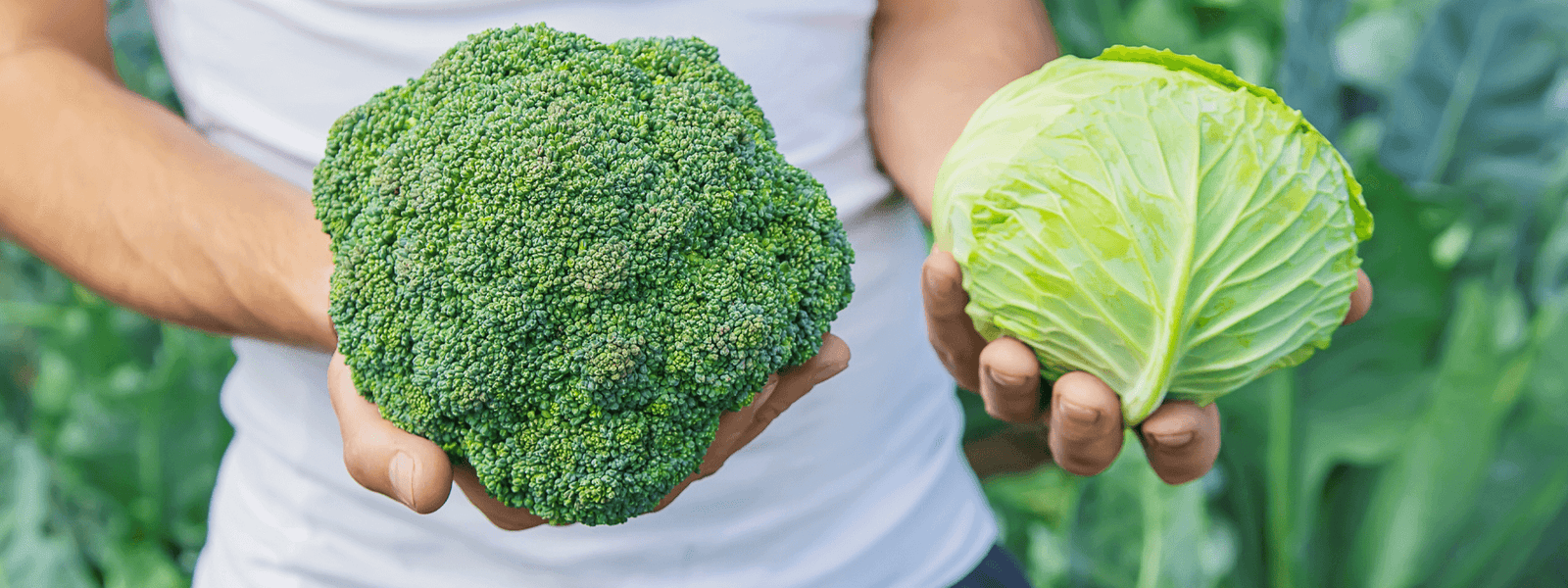The notion that processed snacks may be more problematic than pollution is based on relatively recent research - with leading scientists spending the last decade studying this link. Research is now suggesting that it is a combination of dietary factors, rather than a single food group or nutrient that protects children from asthma or puts them at increased risk.
So what’s in microwave popcorn that aggravates asthma?
Polyunsaturated Fats - Omega-6s
Children require two kinds of polyunsaturated fats, omega-6 and omega-3, to ensure optimal growth and development. Corn and sunflower oils commonly found in processed foods, are rich in omega-6s, while fish and walnuts supply the most omega-3s. When in balance, these two fats help to strengthen a child’s immune system. The best ratio of omega-6s to omega-3s should range from 1:1 to 5:1. Unfortunately, in Western diets, this ratio often ends up being 15:1 to 20:1.
Too much omega-6 can cause the immune system to overproduce chemicals called cytokines that inflame airways and make lung tissue very sensitive to irritants like dust, pollen, and pollution. An Australian study examined risk factors for asthma in 974 children 3 to 5 years old and found that those who ate a lot of omega-6 fatty acids from margarine and vegetable oil were twice as likely to develop asthma as children whose fat usually came from olive oil, or even butter.
Natural Support With Omega 3/DHA Children's
Unlike omega-6s which aggravate asthma, omega-3-rich fish oil dampens cytokine production and calms airways. An Australian study of 574 children found that those who ate fresh fish -- particularly the fatty kind that is high in omega-3s -- were 75% less likely to be asthmatic. In another study, children in countries with the highest seafood consumption were shown least likely to have asthma. Research also suggests that fish oil supplements improve asthma symptoms in at least half of sufferers.
Trans Fats – Partially Hydrogenated Oil
Another ingredient you will see in many processed foods (including microwave popcorn) is called partially hydrogenated oil. If you see this, it indicates that the product contains trans fat. Microwave popcorn brands like Pop Secret and Jolly Time still use trans fat, which is considered one of the most deadly fats available.

Trans fat starts out as a polyunsaturated fat which is then chemically altered when hydrogen is forced into it under pressure. Research suggests that trans fats can be more antagonizing to asthma than the unbalanced ratio of omega-6s to omega-3s previously described.
An ISAAC study found that 13- to 14-year-olds who had a diet high in trans fats were more likely to have symptoms of asthma. In another study, the diets of 231 children ages 3 to 18 were evaluated for six years. The results showed that the children who developed atopic diseases such as eczema and asthma ate more margarine (high in trans fat and omega-6s) and less butter (low in omega-6s and free of trans fat).
TBHQ
TBHQ is also an ingredient commonly found in many brands of microwave popcorn. TBHQ stands for 'Tertiary Butylhydroquinone' and it is a chemical made from butane (a very toxic gas). This preservative has been shown to cause all sorts of health conditions, from asthma in children, to ADHD, allergies and dermatitis.
‘Natural Flavors’
Even though natural flavors and artificial flavors are listed on the ingredient label of microwave popcorn, food manufacturers won’t mention what they hide in there like beaver anal glands or diacetyl butter flavoring. One reason these ingredients are missing from popcorn labels is that listing such ingredients is not currently a requirement. At most, the labels would say ‘natural and artificial flavoring.’
Popcorn bags
Another problem is the presence of chemicals like perfluorooctanoic acid (PFOA) and perfluorooctane sulfonate (PFOS) which are used to line popcorn bags to prevent grease from soaking the bag. On heating, these chemicals get infused into the popcorn you eat. They are termed ‘likely carcinogens’ by the Environmental Protection Agency (EPA) and while the evidence is still building, they may contribute to health problems, including atopic diseases.
So what’s the alternative?
Instead of opting for microwave popcorn, make your own. Making your own popcorn from scratch is fun, easy and can be made in advance and packaged in a reusable bag.
SuperKids Popcorn
This recipe takes 5 mins and serves 4. It takes 2 minutes longer than microwave popcorn, but it is definitely worth it.
Ingredients:
- ½ cup of dry popcorn kernels
- 3 teaspoons of coconut oil
- 4 teaspoons of red palm fruit oil*
- ½ teaspoon of sea salt
Please note red palm fruit oil is different from palm kernel oil (that is grown in South East Asia, including Indonesia, in areas cleared by fire that is destroying the environment that orangutans and other endangered species depend on). Red palm oil comes from Ecuador and is harvested sustainably. It gives the popcorn a beautiful color and feel.
Instructions:
- In a pot, stir together coconut oil and popcorn kernels on medium high heat.
- Cover pot with lid and let popcorn pop until you hear less popping per second.
- Once popcorn is done popping, remove from pot into a bowl.
- Using a blender or food processor, blend salt until fine.
- Top popcorn with melted red palm oil and salt.
- Serve in paper cones.



 Supplements
Supplements Bundles
Bundles









